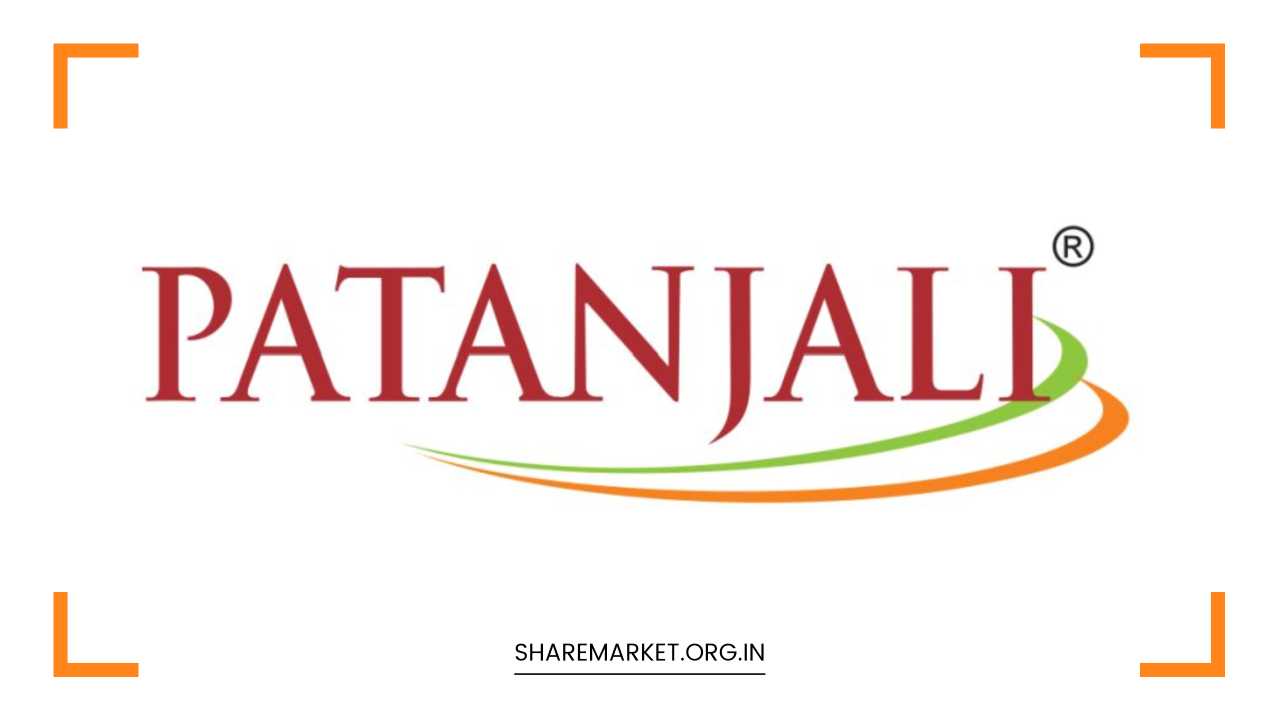Patanjali Foods Q1 Results: Profit jumps 3-fold to Rs 263 Crore

Patanjali Foods Q1 Results
Patanjali Foods Q1 Results: A Deep Dive into Profit Surge and Revenue Dip
Patanjali Foods has announced a stellar performance in the first quarter of the financial year, marked by a threefold increase in net profit to Rs 263 crore.
However, this impressive bottom-line growth was accompanied by a modest 8% decline in revenue to Rs 7,173 crore.
This article delves deeper into the factors driving this performance, the company’s strategic initiatives, industry trends, and investor implications.
Financial Performance: A Closer Look
Profitability Surge
The company’s profitability was significantly boosted by two primary factors:
- Reduced Volatility in Edible Oil Prices: The stabilization of edible oil prices has had a profound impact on Patanjali Foods’ margins. This stability allowed the company to optimize its procurement and pricing strategies, resulting in improved profitability.
- Strong Performance of Food and FMCG Portfolio: The company’s strategic focus on expanding its food and FMCG offerings has yielded substantial results. The food and FMCG segment contributed significantly to overall growth, with revenue reaching Rs 1,953.55 crore in the June 2024 quarter, accounting for 26.77% of total operations.
Revenue Dynamics
While the profit surge is commendable, the decline in overall revenue requires closer examination. Factors such as intense competition in the FMCG space, evolving consumer preferences, and economic conditions might have contributed to this trend.
To mitigate this, Patanjali Foods has been strategically investing in expanding its product portfolio, enhancing brand visibility, and strengthening its distribution network. The company’s foray into e-commerce and quick commerce channels is a strategic move to tap into the growing online market.
Segmental Performance
- Biscuit Division: This segment emerged as a key growth driver, with revenue increasing by 9% year-on-year to Rs 417.03 crore. The company’s ‘Doodh’ biscuit brand continued to be a major contributor, generating Rs 265.77 crore in revenue.
- Food and FMCG Segment: This segment witnessed robust growth, driven by increased consumer preference for healthy and natural products. The company’s focus on expanding its product range and enhancing distribution has paid off, contributing significantly to overall performance.
Strategic Initiatives and Future Outlook
Patanjali Foods is focused on several strategic initiatives to drive future growth:
- Product Innovation: The company is continuously investing in research and development to introduce new and innovative products that cater to evolving consumer preferences.
- Brand Building: Strengthening brand equity through effective marketing and advertising campaigns is a key priority.
- Distribution Network Expansion: The company is expanding its distribution reach to penetrate deeper into rural and semi-urban markets.
- E-commerce and Quick Commerce: Leveraging the potential of online channels to increase sales and customer reach.
Industry Landscape and Competitive Analysis
The FMCG sector in India is characterized by robust growth, driven by rising disposable incomes, urbanization, and changing consumer lifestyles. However, intense competition and price pressures continue to pose challenges for industry players.
Patanjali Foods, with its strong brand recall and focus on natural and Ayurvedic products, is well-positioned to capitalize on the growth opportunities in the FMCG market. The company’s ability to innovate and adapt to evolving consumer preferences will be crucial for its long-term success.
A comparative analysis of Patanjali Foods with its key competitors reveals that the company has a strong market position in certain product categories. However, it faces stiff competition from established players in other segments.
Financial Performance Analysis
A detailed financial analysis reveals that Patanjali Foods has improved its profitability metrics, such as gross margin and operating margin, in the first quarter. The company’s debt-to-equity ratio indicates a healthy financial position.
However, a decline in inventory turnover ratio might suggest challenges in managing inventory levels efficiently. The company needs to focus on optimizing its inventory management to improve cash flow and reduce costs.
Investor Implications
The strong financial performance of Patanjali Foods is likely to be viewed positively by investors. The company’s focus on growth and profitability, coupled with its strong brand image, makes it an attractive investment proposition.
However, investors should closely monitor the company’s ability to sustain revenue growth and manage competitive pressures. The company’s success in expanding its product portfolio and distribution network will be crucial for driving future growth.
SWOT Analysis
- Strengths: Strong brand image, focus on natural and Ayurvedic products, robust distribution network, and financial stability.
- Weaknesses: Dependence on a few key product categories, challenges in managing inventory levels, and limited international presence.
- Opportunities: Expanding product portfolio, tapping into the growing e-commerce market, and entering new geographical markets.
- Threats: Intense competition, changing consumer preferences, and economic slowdown.
Final Remarks
Patanjali Foods has delivered a strong performance in the first quarter, driven by improved profitability and robust growth in key segments. While challenges persist, the company’s strategic focus and strong market position augur well for its future growth prospects.
Investors should closely monitor the company’s ability to sustain revenue growth, manage competitive pressures, and execute its growth strategy effectively.
















